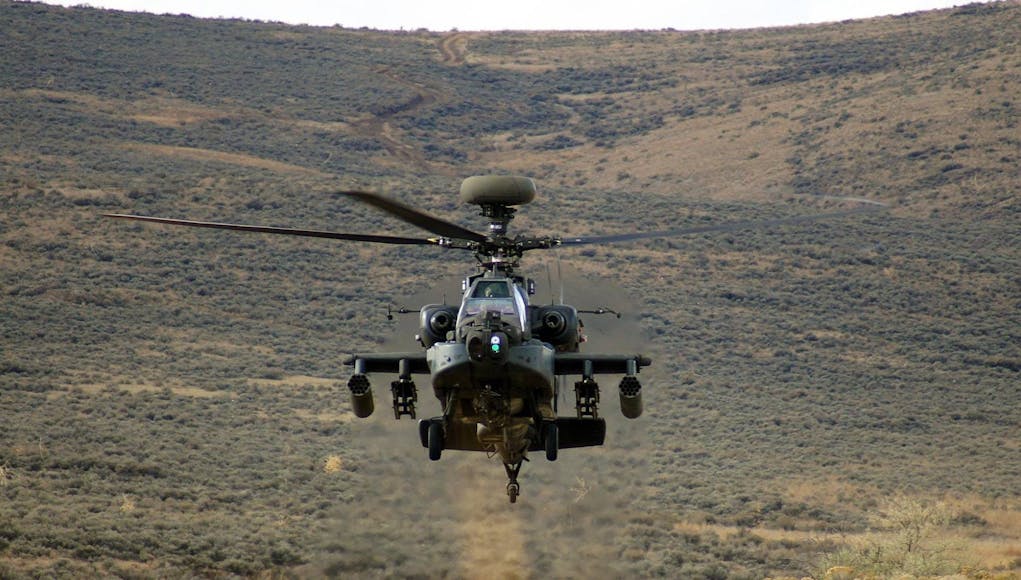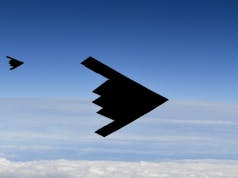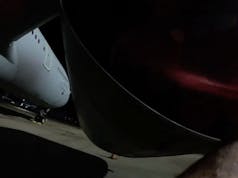Forecast International indicates that a total of 6,175 medium/heavy military rotorcraft will be produced during the 15-year period from 2017 through 2031.
The value of this production is estimated at $158.4 billion (in FY17 dollars). They define a medium/heavy military rotorcraft as one having a gross weight of at least 6,804 kilograms (15,000 lb).
Global instability is sparking a resurgence in defense spending in several countries. These include the US, where the new administration has come to office promising to rebuild the country’s armed forces. In a number of nations, higher defence budgets are likely to result in the acceleration of certain fleet modernisation plans.
In the US, the effect on rotorcraft acquisition could be a bit more muted, as the U.S. military rotorcraft fleet is already several years into its current modernisation cycle, and other areas of the defence budget (such as fighter procurement or shipbuilding) may be viewed as higher priorities. Still, annual US procurement lots of military rotorcraft may increase somewhat, even if total program buys remain largely unchanged.
The longer-term outlook for the medium/heavy military rotorcraft market is even more promising. Driving the market in the post-2030 timeframe will be the US military’s Future Vertical Lift (FVL) project. The FVL effort involves development of a new rotorcraft family to meet future US attack, scout, and utility rotorcraft needs.
Current US Army thinking on the FVL project involves selection of a different platform to meet each of five different FVL categories or Capability Sets. This opens the door to the FVL program possibly generating multiple opportunities for rotorcraft manufacturers. And the various FVL models can be expected to garner sizable orders not only from the US military, but also from export customers.
In terms of manufacturer market shares, Russian Helicopters is projected to lead the market in unit production during the 2017-2031 timeframe, followed by Sikorsky, Avicopter of China, Boeing, Korea Aerospace Industries (KAI), and NH Industries. The Russian consortium’s number one position is bolstered by substantial production of its popular Mi-8/17 line of multirole helicopters.
When the market is measured in terms of monetary value (the chart below), the 15-year projections show Sikorsky in the lead, followed by Russian Helicopters, Boeing, NH Industries, the Bell/Boeing V-22 partnership, and Avicopter.
Forecast International is a major provider of ‘Market Intelligence and Consulting in the areas of aerospace, defence, power systems and military electronics’.













And the UK defence sector has 0% of that potential market
Awww you can read a debt clock how cute. Either a country makes the sacrifices to maintain security or it has no reason for being. Yes sacrifices includes taxation. When you have a hole in the defense budget you do not cut programs you audit for abuse and mismanagement and any remaining funding gap is met by additional appropriations.
Further cuts are simply saying you are willing to imperil the services and their personnel. All for no other reason than greed and selfishness over money.
In addition to this if the UK hadn’t gutted the rotary aviation budget there would still be UK helicopter manufacturing. Now every company and security agency that needs a helicopter is going to sign that check to another country. Which means no taxes recuperated no pension or NHS schemes supplied just drain.